Master Thinker on Consultancy X Design: Iva Sladic Keco
Founder and Managing Director of WakeMake
Master Lecturer at HKDI inspire*
Iva Sladic Keco is the founder, strategist, facilitator and designer of WakeMake, a next-generation hybrid change+design consultancy. She conducts workshops and corporate training with the aim of awakening the collective creative talent of individuals, teams and organisations, and rendering their ideas able to be shared with the world. Aside from running WakeMake, Ms. Keco is a seasoned designer herself with 20 years of experience focusing on graphic and web design. She holds a Master of Design degree from the University of Zagreb in Croatia and an MA in Comprehensive Design from the China Academy of Art.
Your company trains groups and teams of people to work productively together — is this akin to a team of rugby players trying to win a game, and if so, what do you see as the main similarities? Yes, a rugby team is a good analogy to what we are trying to achieve for the teams in organisations and businesses. There are similarities in the team structure, roles and behaviour, but we have to emphasise the importance of the environment. A rugby team operates in a known and controlled environment, it is a game that lasts for a certain limited time and there are clear rules to it. In a business environment, the rules are constantly in flux and there are multiple teams playing, often in uncharted territory. If we are talking about innovation, no-one knows what is going to happen next and the hardest part for people is to be comfortable with ambiguity. With rugby, as with other sports, you can lose or win the game and you know the result when the game ends. With innovation, the game never ends and our workshops and training are just the beginning. At WakeMake we like to say that we believe that every change is possible with the right mindsets, robust methods, correct tools and some leadership. But to change a dysfunctional team into a highly operational one in business is the same as it is in rugby. |

|
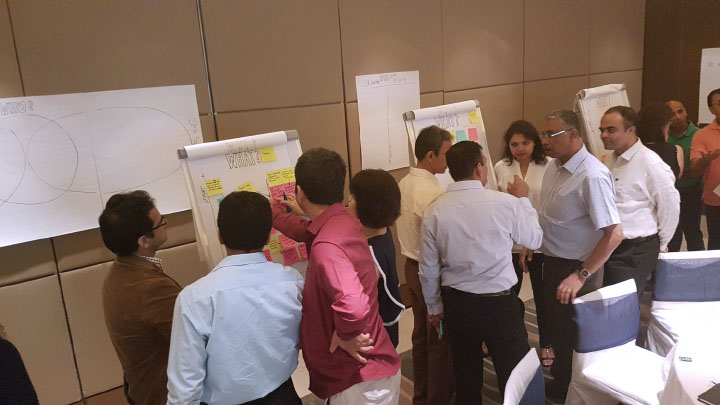
|
How do you view the application of Design Thinking in general? Is it as successful as it could be or are there improvements that you would like to see made in its application? Design Thinking is extremely helpful in the world of architecture for it is vital in defining a well-thought-out brief at an early stage. But this process is usually only applicable to larger commercial clients who have the resources and vision to invest in Design Thinking — a process that is extremely time-consuming and serves primarily as a discovery tool. The long-term benefits, such as those concerning the sustainability of environments and the suitability of changing social landscapes in architecture projects, are enormous. |
Do you believe in the efficacy of Design Thinking for those working outside the design field, in government departments, for instance, or public services? Definitely, I believe in the efficacy of Design Thinking everywhere. The basis of Design Thinking philosophy is to start with people’s needs. The methodology that has developed over the last 20 years is very flexible and complimentary to other methods. However, Design Thinking is not a magic wand that can solve everything. Complex challenges require complex systemic approaches; Design Thinking on its own is not enough. Design Thinking brings a human component into problem-solving that is often easily overlooked. Many governments around the world as well as public services are big users of Design Thinking methodology. And I think it is just beginning in Asia, with exception of Singapore, where it has already begun. Europe has been doing it for a long time. For example, the British Design Council, founded back in 1944, is an independent charity and government advisor tasked with making lives better through design. |

|
Especially in the above-mentioned occupations, there is a preponderance of bureaucracy. Does this militate against creativity and is it one of the obstacles that Design Thinking can help to overcome?
I am not a big fan of bureaucracy, but I do think it is necessary. If we did not have order and structure nothing could be done and we would not need to be creative. To be creative you need to know your boundaries; if there are no boundaries, there is no need to be creative, you can just do nothing, or do whatever you want, which doesn’t necessarily help others. The problem is not in strong bureaucracy, it is in having bureaucrats that don’t think, feel and adapt fast enough. People who make decisions on policies and rules and maintain administrative systems are the key to developing healthy and supportive bureaucracy.
This is where Design Thinking can help. I believe that if people in decision-making positions would think more like designers and look into the people component in the right way, they would be able to build frameworks that inspire and support creativity in the whole system. If empowered by higher structures to learn and practise the method, all employees in the public sector would benefit from human-centred design and application of it to their work.
Others

最新動態 | 1 March 2019
Celebrating nearly 150 years of denim culture

最新動態 | 1 March 2019
Muddied oafs or deep design thinkers?

最新動態 | 1 March 2019
Studio Interview - Perceptual Thinkers
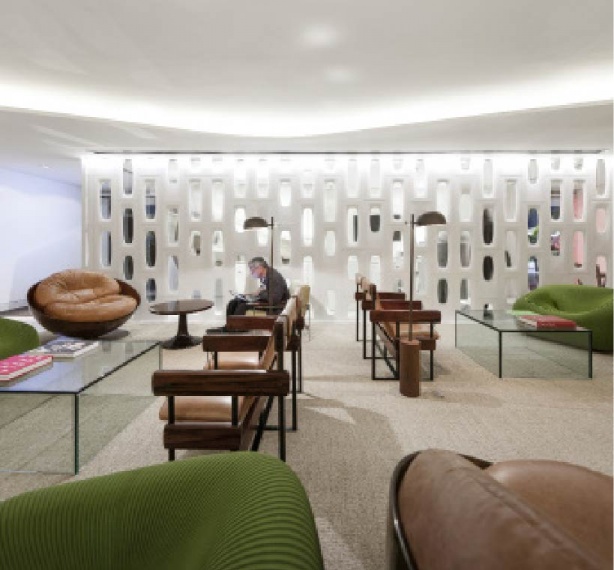
最新動態 | 1 March 2019
Studio Interview - Oppenheim Architecture
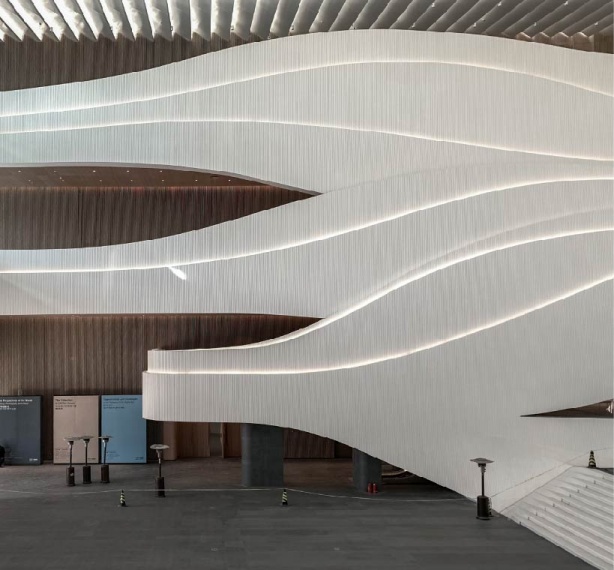
最新動態 | 1 March 2019
Studio Interview - Way Studio

最新動態 | 1 March 2019
Studio Interview - Layer

最新動態 | 1 March 2019
Governments opting for practice over theory
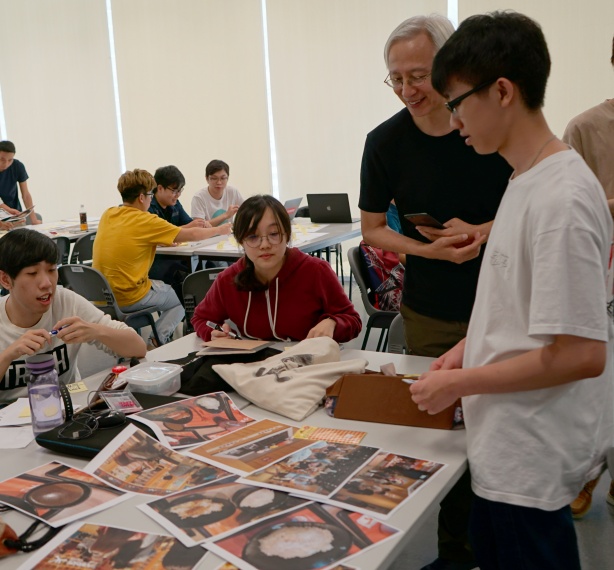
最新動態 | 1 March 2019
Master Thinker on Tech X Design: Bernard Suen
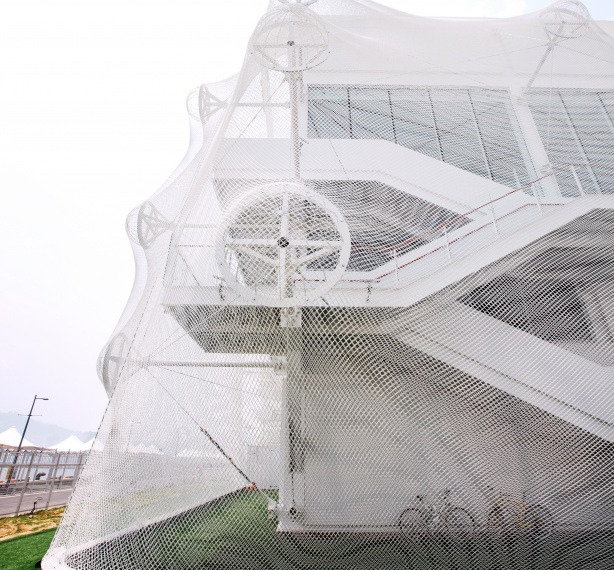
最新動態 | 1 March 2019
Master Thinker on Architecture X Design: Aaron Tan
